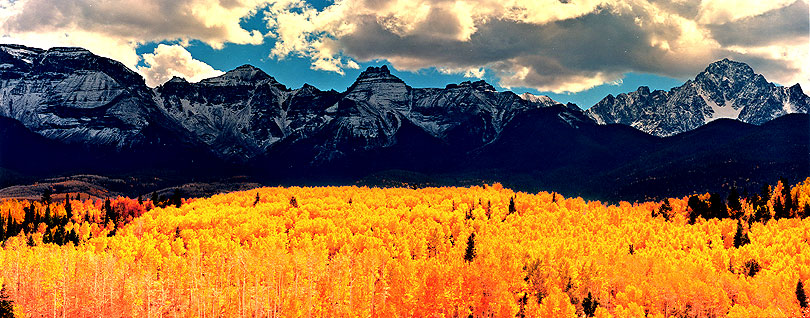- Location
- Sneffles mountain range near Ridgeway Colorado
- Equipment Used
- 4x10 large format camera
- Exposure
- ISO 100, 300mm, f/22.0, 1 sec
- Film & Developer
- Kodak Portra VC 160 developed in Kodak Flexicolor C-41 @ 2:45
- Paper & Developer
- Fuji Crystal Archive Super Type C paper in Kodak Ektrcolor RA-4
- Lens Filter
- None
| Photrio.com contains affiliate links to products. We may receive a commission for purchases made through these links. To read our full affiliate disclosure statement please click Here. |
PHOTRIO PARTNERS EQUALLY FUNDING OUR COMMUNITY:  |







